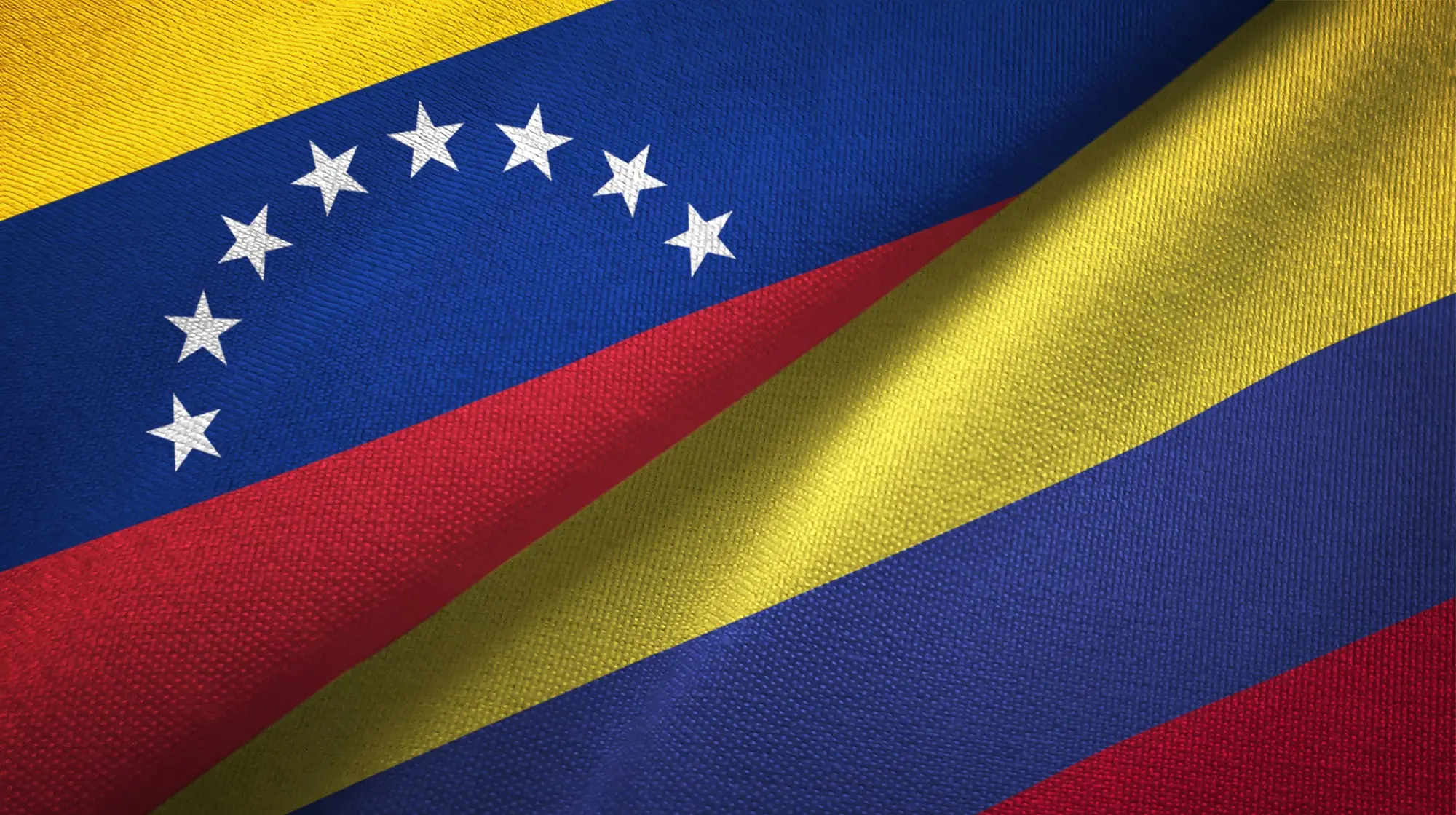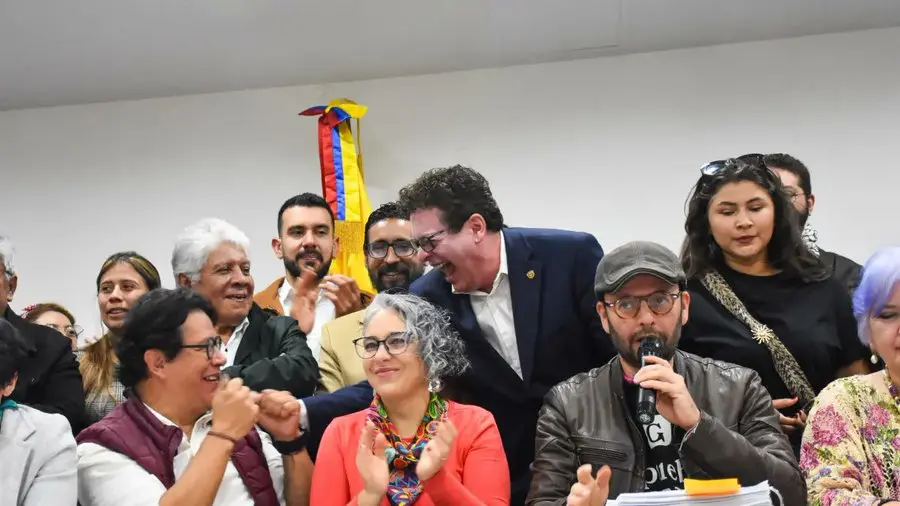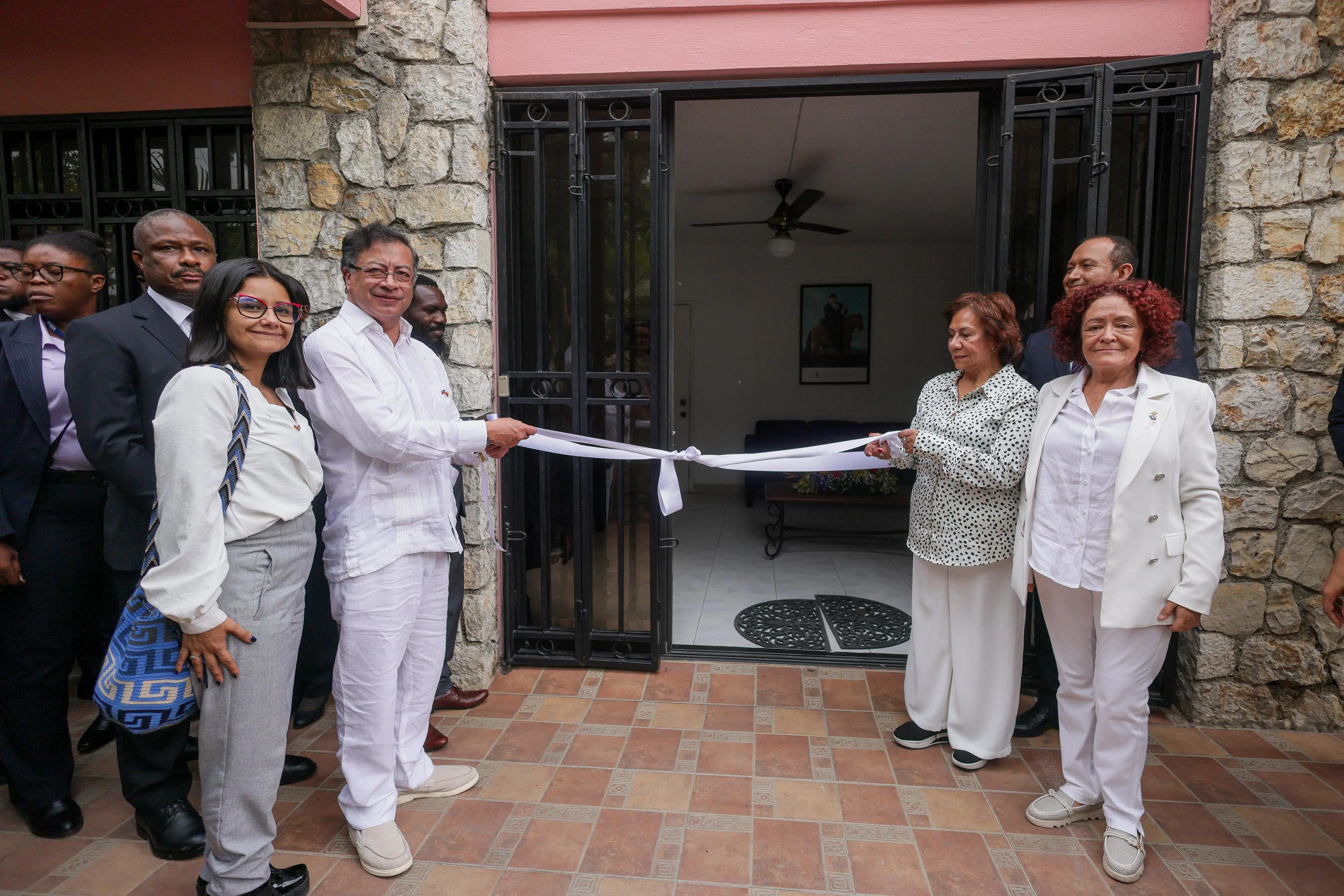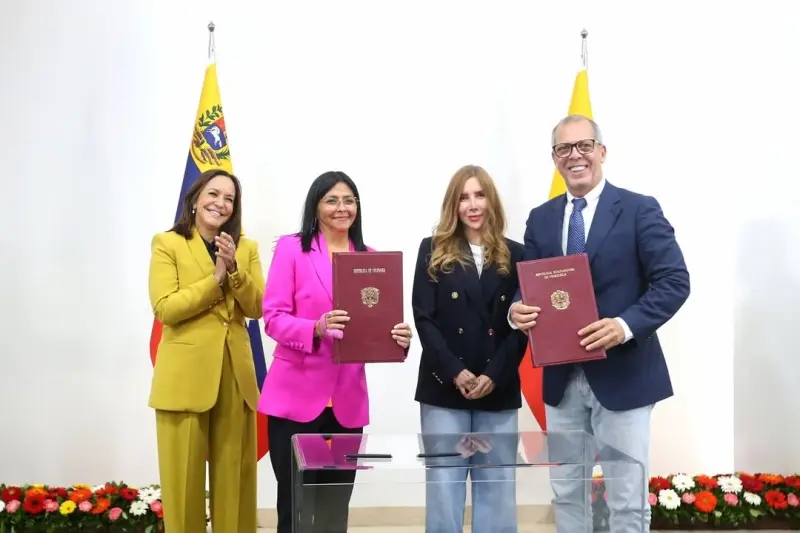Colombian Military Seizes a Ton of Explosives From FARC Dissident Group
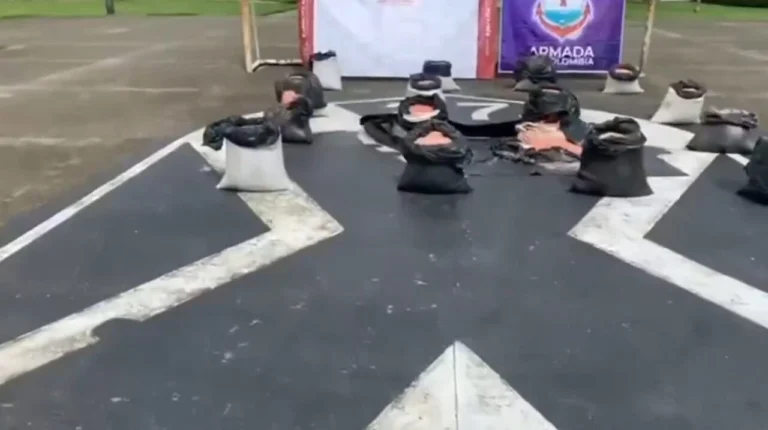
Evidence shown by the Colombian army. Photo: X/ @mindefensa
July 26, 2025 Hour: 5:21 pm
Colombian authorities seized more than a ton of explosives from the Border Commands, a dissident group of the FARC, in an operation carried out in the southern department of Putumayo, bordering Ecuador, the Ministry of Defense reported this Saturday.
RELATED:
Critical 13.5 Tons of Weapons: Colombia FARC Dissident Disarmament Marks Key Step Toward Total Peace
The operation took place in La Palanca, a rural area of the municipality of Villagarzón, where soldiers from the Army and Navy found 1,030 kilos of explosives thanks to the sense of smell of a Belgian Malinois shepherd dog.
“After carrying out an inspection of the perimeter and ruling out the presence of explosive devices, the uniformed officers belonging to Brigade 27 (…) found 16 sacks with a total weight of 1,030 kilograms of anfo-type explosive,” the ministry said in the statement.
According to the information, these explosives are used for the manufacture of antipersonnel mines and other devices used to “attack the civilian population, the public force and critical infrastructure such as oil pipelines.”
The explosives seized apparently belong to “the Border Commands of the National Bolivarian Army Coordinator” that are part of the FARC dissidents and have a strong presence in the south of the country, the information added.
FARC dissidents in Colombia are illegal armed groups that emerged after the signing of the 2016 Peace Agreement between the Colombian government and the Revolutionary Armed Forces of Colombia (FARC). These groups are made up of former guerrillas and new members who rejected the peace agreement or never left the armed struggle. The Colombian state classifies them as Residual Organized Armed Groups (GAOR) and differentiates them from the political party Common, formed by former members of the FARC who did comply with the peace process.
There are currently between 28 and 35 dissident groups in more than 100 municipalities in 29 of the 32 departments of Colombia. Its presence is particularly noticeable in regions such as Antioquia, Cauca, Nariño, Putumayo, Caquetá and Valle del Cauca. These groups do not form a homogeneous or centralized structure; rather they are a fragmented and sometimes internally conflicted “patchwork”. The main factions include the Central General Staff – under alias Iván Mordisco – and the Second Marquetalia, led by former negotiators of the agreement as alias Iván Márquez. There are also related criminal structures, such as the Oliver Sinisterra Front and Los Contadores.
Dissidence is financed mainly through illegal activities such as drug trafficking, extortion and illegal mining. They are also involved in kidnappings, attacks, armed clashes and the recruitment of minors. Recent reports estimate that they have between 4,000 and 7,000 fighters with increasing armed capabilities.
Despite some attempts at dialogue and cease-fire, internal fragmentation and territorial dispute make any final peace negotiation difficult. In 2025, these dissidences continue to pose a significant threat to the security and stability of several Colombian regions, complicating government efforts to achieve complete pacification.



